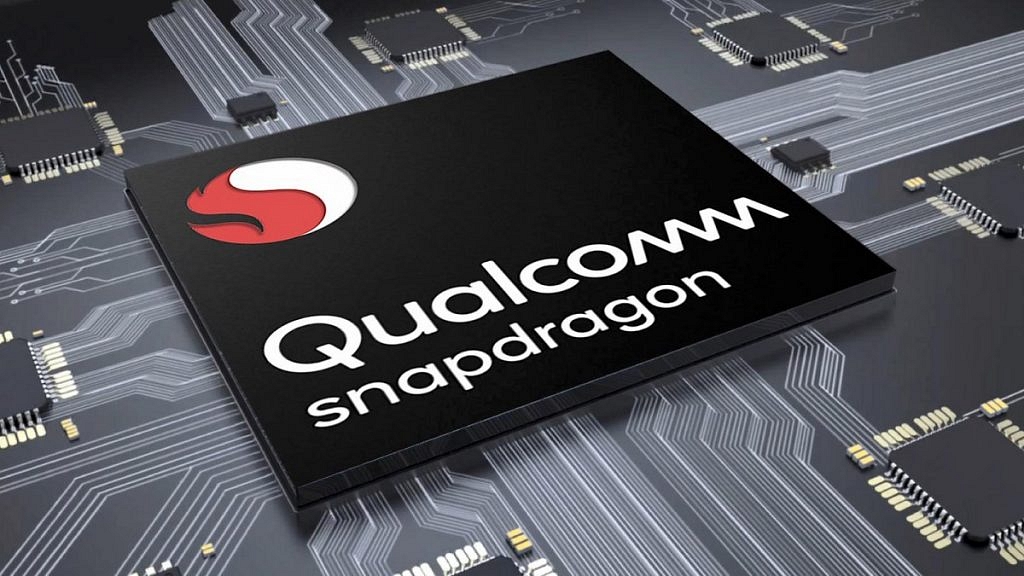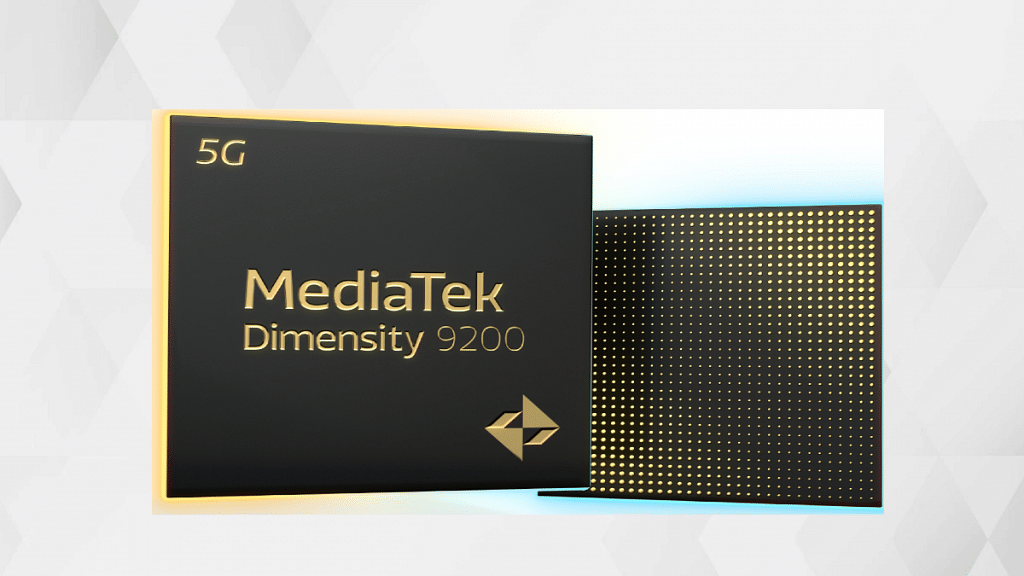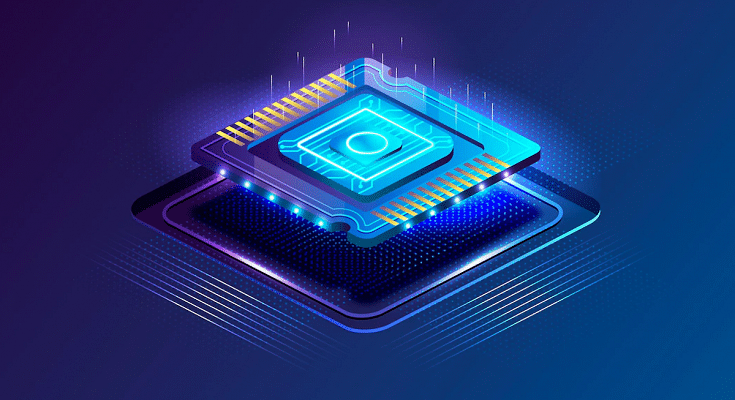Dimensity 9200 is the latest top-of-the-line chipset for smartphones and tablets from MediaTek. This new-generation Dimensity series chipset from MediaTek ships with 5G network compatibility and an octa-core CPU cluster. The Dimensity 9200 processor can easily outperform some of the most powerful mobile chipsets available in the market.
Since Qualcomm is one of the primary rivals of MediaTek in entry-level as well as premium chipset categories, we are comparing one of its potent chipsets with the Dimensity 9200 SoC. We are speaking of the Snapdragon 8 Gen 1 chipset which is driving the high-end smartphones launched in recent times. Which chipset out of the Dimensity 9200 or the Snapdragon 8 Gen 1 chipset is more capable in terms of CPU and GPU performance? Let’s find out in this comparison article.
MediaTek Dimensity 9200 Vs Qualcomm Snapdragon 8 Gen 1 Chipset: CPU Architecture, Performance
We’ll start off this comparison between the most powerful mobile processor in the market with the CPU performance. The Qualcomm Snapdragon 8 Gen 1 chipset has a thin 4nm fabrication process and an octa-core cluster. MediaTek has used the same 4nm thin fabrication process along with an octa-core core cluster design for the Dimensity 9200 processor.

The CPU cores in the Snapdragon 8 Gen 1 chipset feature one Cortex-X2 core with 3GHz clock speed, three Cortex-A710 cores with 2.5GHz clock speed, and four Cortex-A510 cores with 1.8GHz clock speed. The frequency range delivered by the Snapdragon 8 Gen 1 chipset is 3000 Mhz, whereas, the Dimensity 9200 has a similar 3050MHz frequency range. Both these processors have the ARMb9-A instruction set. Overall, the Dimensity 9200 and the Snapdragon 8 Gen 1 processors have neck-to-neck competition in terms of CPU performance.
Dimensity 9200 Vs Snapdragon 8 Gen 1 Processor: GPU Performance
Speaking of the GPU performance, the MediaTek Dimensity 9200 processor features the Mali-G715 Immortalis MC11 GPU which is based on Vallhall 3 GPU architecture. On the other hand, Qualcomm has used an Adreno 730 GPU with 818MHz GPU frequency to handle all the graphics delivery with the Snapdragon 8 Gen 1 processor. The GPU integrated within both these high-end processors are powerful and wouldn’t flinch with extensive graphics rendering.
MediaTek Dimensity 9200 Vs Snapdragon 8 Gen 1 Chipset: Memory, Multimedia (ISP) Compatibility
Moving on to memory compatibility, the MediaTek Dimensity 9200 processor takes a lead with its LPDDR5X memory support. The Qualcomm Snapdragon 8 Gen 1 ships with standard LPDDR5 RAM option. The memory frequency range is also higher with the Dimensity 9200 chipset.
It offers 8533MHz of memory frequency. On the contrary, the Snapdragon 8 Gen 1 chipset features a 3200MHz frequency range. Both these processor supports a maximum of 24GB memory compatibility. In addition to the RAM, the storage format is also better with the Dimensity 9200 processor. This processor has UFS 4.0 storage support that will offer faster read/write speeds along with transfer speeds compared to the Snapdragon 8 Gen 1 chipset. The latter is integrated UFS 3.1 storage support.

When we compare the multimedia aspects, the Snapdragon 8 Gen 1 chipset is a winner with a maximum display resolution of 3840 x 2160 pixels. The Dimensity 9200 processor ships with a max display resolution compatibility of 2960 x 1440 pixels. The SD 8 Gen 1 chipset supports 8K@30fps and 4K@120fps video playback and recording. The Dimensity 9200 has up to 8K@30fps video recording and playback compatibility.
MediaTek Dimensity 9200 Vs Snapdragon 8 Gen 1 Processor: Final Verdict
Both Dimensity 9200 and the Snapdragon 8 Gen 1 chipsets are primarily designed for top-tier Android phones and tablets. The 5G network compatibility combined with efficient and fast processing makes both these chipsets potent for flagship-grade devices. The power delivery is almost similar with both these chipsets, so you can easily consider any of the handsets driven by these two chipsets.
